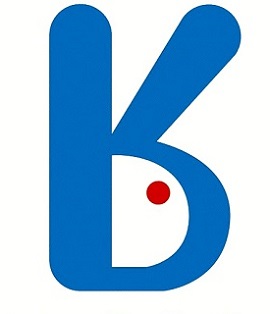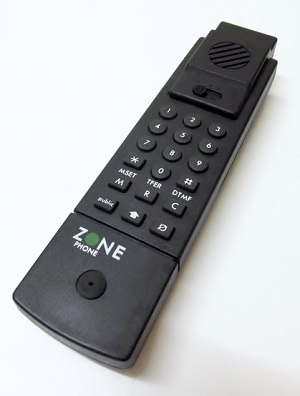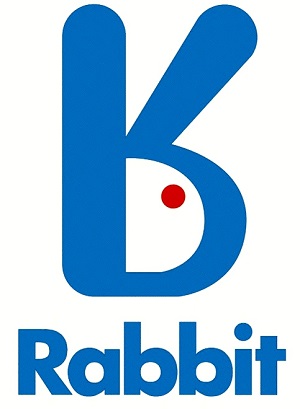Telepoint – the mobile phone that wasn't fully mobile!

This article first appeared in the Telecommunications Heritage Journal, Issue Number 80, Autumn 2012 and is reproduced with the permission of the Telecommunications Heritage Group.

When is a mobile phone not a mobile phone? When it is a Telepoint phone!
In 1988 the mobile phone was a quite different beast to the slim, multimedia, pocket computer of today. They were big and heavy, used analogue technology and were expensive to own and use which put them out of reach of most people. Oh, and they could only make phone calls! As an alternative to owning one of these devices and in an attempt to broaden the appeal of mobile technology, on the 28th July 1988, Lord Young, Secretary of State for Trade and Industry, announced that the Government would issue up to four licences to run Telepoint services within the UK.
A Telepoint system offered customers a cordless phone for use in their homes that had the added advantage of working outside, providing you were within range of a Telepoint access point. These access points were to be located in public spaces such as the high street, railway stations, and motorway services, in much the same was as WiFi hotspots are deployed today. The catch though, was that you could only receive calls on your Telepoint phone when at home.
By January 1989 eleven applications had been received and the Government announced that four licences would be awarded to: Ferranti (Zonephone); Philips, Barclays Bank, and Shell (BYPS Communications); STC, British Telecom, France Telecom and Nynex (Phonepoint); and Motorola, Shaye Communications and Mercury Communications (Callpoint). All four licence holders were required to work towards adopting a Common Air Interface that would allow roaming between systems. In the UK this standard was realised as the CT2 standard for digital cordless communications which was first published in May 1989. It operates within the frequency band of 864.1 to 868.1MHz with a mean output power of 10mW resulting in an operating range between phone and access point of typically 150m. The Air interface can be described as a ping pong one, with both the base station and mobile using just 1 of the 40 channels for a call, each transmitting after the other has finished. Each takes turns to transmit 68 bits with a 3.5 - 5.5 bit guard period and with a 72 kbit/s data rate it means that the system ping pongs 500 times a second
The important point to note here is that whilst there was agreement to move towards this common standard, many manufacturers had already been developing their own systems and so chose to launch Telepoint services based on their existing incompatible and proprietary solutions. The intention was to move over to the CT2 standard once this had been fully ratified by the appropriate European standards bodies. Whilst CT2 was the first standard for digital cordless communications, it was not in fact fully adopted across Europe, being succeeded in 1991 by the Digital European Cordless Telecommunications (DECT) standard.
The first Telepoint service to launch was Phonepoint which went live in August 1989 in London and the South East. For customers a handset (figure 1) cost £245 and a base station £195 which compared favourably to an analogue mobile which in 1989 was still retailing at over £1,500. Charges were also much cheaper on Phonepoint with customers paying a £20 connection charge, a monthly rental of £8 and calls being charged per minute at between 10p and 55p off-peak and between 13p and 85p at all other times. Sadly and despite grand plans to roll the service out countrywide, the Phonepoint service closed on 1st October 1991 with less than 1,000 registered subscribers and 3,300 base stations deployed.

Ferranti's Zonepoint was the second Telepoint service to launch in October 1989 being available only within London's M25 orbital motorway. The handsets (figure 2) had been developed in partnership with Cambridge based PA Technology and retailed at £200 with an additional cost of £235 for a base station. This handset was interesting from the point of view that it used an array of tones to let the user know what state it was in. So there was a confidence tone, a service unobtainable tone, an error tone, a one unit left tone, and a battery low tone, all of which were a combination of a 2kHz low sound and a 3kHz high sound. Unfortunately, having failed to secure significant numbers of subscribers, Zonephone ceased in July 1991.
Callpoint was the third service to launch on the 4th December 1989 but also the first to close with operations ceasing in June 1991. Sadly we know least about this service and do not yet have an example of the handset so any additional information from readers is welcomed.

These three Telepoint services had all launched in 1989 but by the end of 1991, all three had closed down due to low customer numbers. It looked as though Telepoint had been a spectacular failure but the UK's fourth Telepoint licence holder hadn't launched their service yet. In February 1991, Hutchison Telecom negotiated a controlling stake in BYPS. Having taken over the BYPS Telepoint licence, Hutchison rebranded the service as Rabbit and chose to delay any launch until handsets became available that fully complied with the CT2 digital cordless standard. Consequently, the Rabbit service did not launch until May 1992 when the service was inaugurated in Manchester city centre. A high profile marketing campaign was undertaken and their access points soon started to appear on the high street, at railway stations and in other public spaces identified by their iconic upside down letter R signs (figure 3).
The claim from Hutchison was that once fully deployed, customers within a city centre would never be more than 2 minutes away from a Rabbit access point. Because CT2 was digital (and only 10mW) it was far more difficult to eaves drop on calls compared to those on analogue mobiles where you only required a relatively low cost scanner. Naturally, this advantage was promoted by Rabbit in their marketing campaigns.
Early indications were very promising with 1,000 subscribers signed up within the first six weeks of operation. A Rabbit handset and access point (figure 4) retailed at £199 with a monthly subscription of £6 and calls being charged at an equivalent rate to BT telephone boxes.
This meant that owning a Rabbit phone cost about a third to a half the price of a mobile phone. However, the inability to receive calls whilst away from home remained a key disadvantage but for an extra £5.50 per month you could subscribe to an answer and messaging service. When a caller left a message, an alert could be sent to a Rabbit pager (figure 5); plans to combine this pager into a Rabbit handset were proposed but as far as we know, never realised in an actual product.
Sadly, Rabbit did ultimately go the same way as Phonepoint, Zonephone and Callpoint and it closed on 31st December 1993 having attracted only 9,000 subscribers nationally, measured against a prediction of 50,000. This is to be contrasted against Vodafone who at that time boasted 700,000 customers. Existing Rabbit customers were allowed to trade in their handsets in return for a new Vodafone or Cellnet mobile phone with free connection and a subsidised subscription for one year or £100 in cash and a free handset and access to the soon to be launched, Hutchison Telecom GSM mobile phone network, Orange.
So, Rabbit was the UK's fourth and by far the most successful Telepoint service but, despite its promising start, it too proved to be a commercial failure. However, the picture in the Far East was quite different. In January 1992 Singapore Telecom launched their CT2 based Telepoint service and sold 1,500 handsets on the first day and secured 10,000 subscribers within the first month of operation. Similarly Hutchison's Telepoint service launched in Hong Kong attracted 70,000 subscribers and was profitable.
So, what went wrong in the UK? For one thing, by the time CT2 had been ratified and Rabbit had launched, it was simply too late. Mobile phones were evolving towards the digital GSM standard, new operators had entered the market, cheaper tariffs became available (such as Cellnet's LifeTime tariff introduced in November 1992 at £15 per month), network coverage was improving, handset prices were falling and most importantly, with a mobile phone you could make and receive calls on the move. Maybe if Rabbit had launched two years earlier, the picture could have been quite different.
Nevertheless Rabbit has left its mark. If you look very carefully, you might still see the odd Rabbit sign adoring a wall or window. Until recently there was a rather nice example on the Euston Square Hotel in London but regrettably, a recent refurbishment appears to have claimed it as a victim. One does remain at Watford Junction station and in April 2011 we recreated a little piece of history by reuniting it with a Rabbit handset (figure 6). Maybe you know of others? Do please let us know and send in your pictures; these Rabbit signs are one of the few remnants of the Telepoint era and are important artefacts that tell the story of how the mobile phone evolved within the UK!

Follow on social media .....